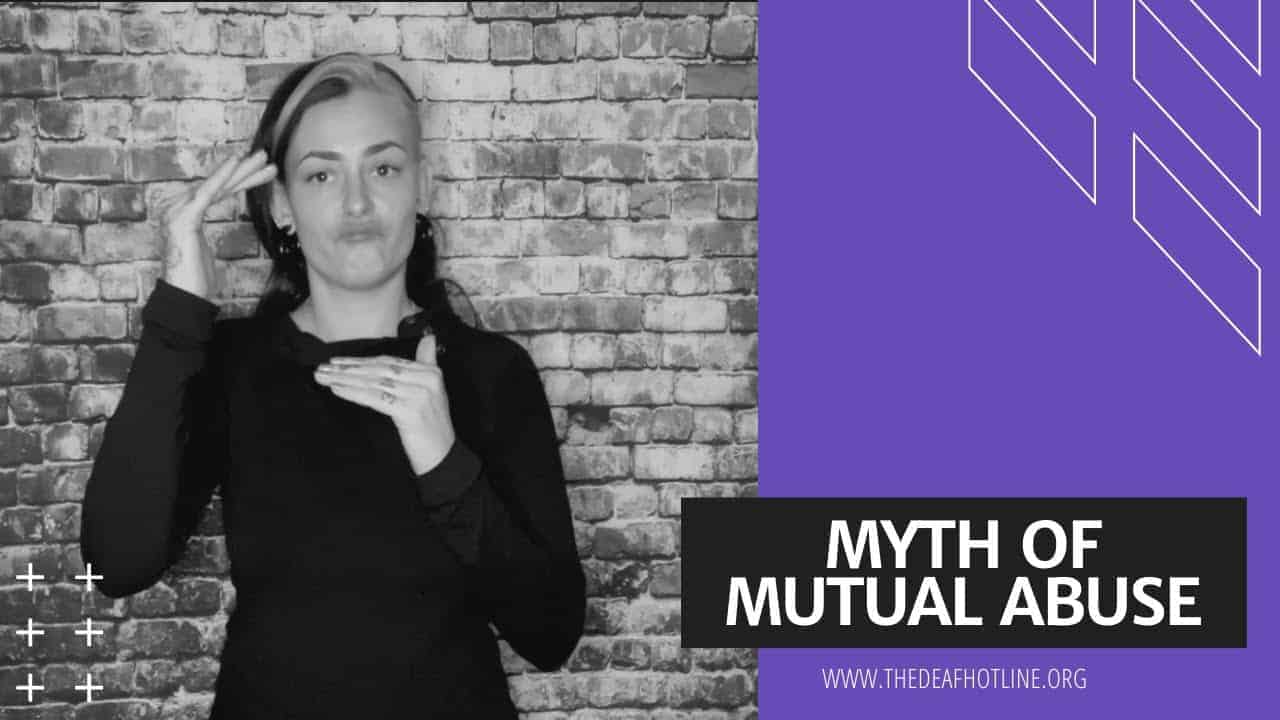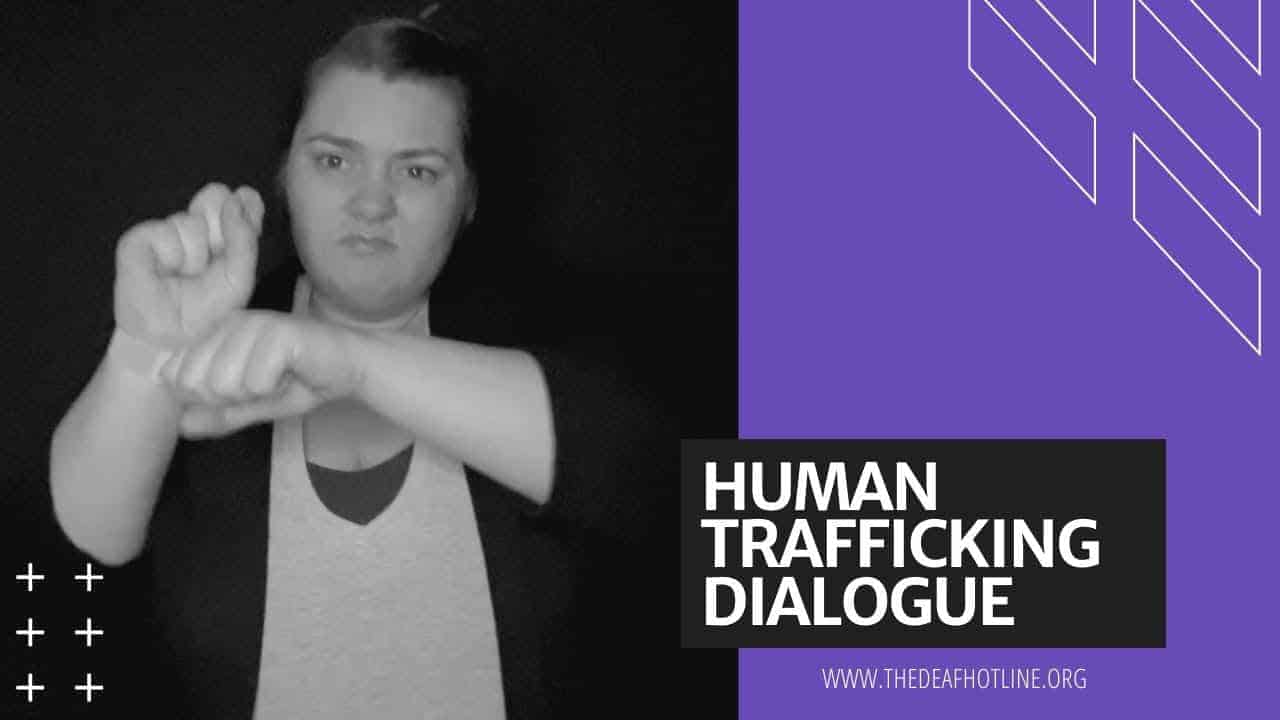We are aware that the world is inherently ableist because it was not designed with people with disabilities in mind. Ableism is rooted in the assumption that disabled people require “fixing” and defines people by their disability. What can ableism look like? It can take many forms. Here are few examples of what ableism can look like in different ways.
-Interpersonal Ableism: A parent with a child that has a disability tries to “cure” it rather than just accepting it.
-Societal Ableism: Casting a non-disabled actor to play a disabled character in a play, commercial, TV show, or movie.
-Institutional ableism: While disabled individuals do receive benefits that enable them to cover expenses and bills while they are unable to work, there is a drawback to receiving SS benefits: disabled individuals must limit their savings to no more than $2,000 or risk losing their benefits.
-Systematic ableism: Schools are often designed to do the “one size fits all” method, and it can present challenges for neurodivergent students, like ADHD. Students with ADHD can struggle to sit still for long periods of time and a typical day of school involves long hours of sitting at a desk, trying to get an education.
Ableism makes young and older people with disabilities feel unsafe in powerful organizations. It shows up in inaccessible places, prejudiced attitudes, and rules that don’t consider their needs.
Young people with disabilities often face ableism in schools, which can hold back their learning and social growth. As they get older, these challenges continue, affecting their chances for jobs and promotions in big organizations.
Older people with disabilities also deal with ageism on top of ableism, which can keep them from joining in important decisions in these organizations.
Be kind to others.



